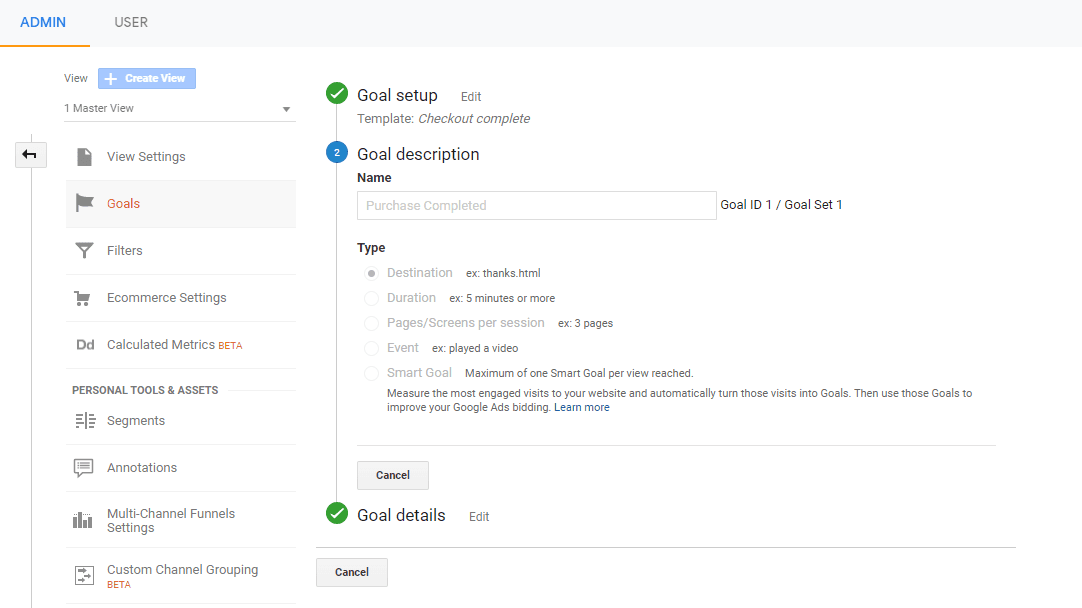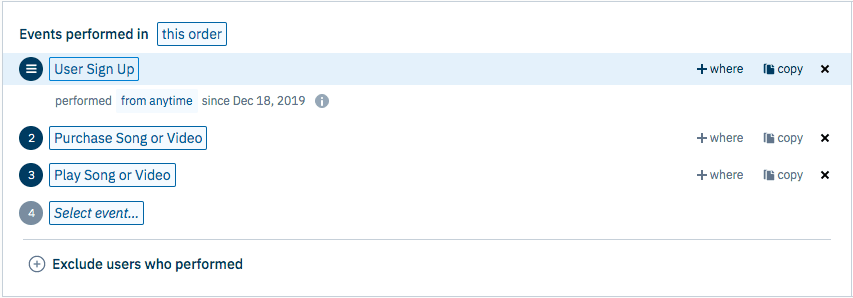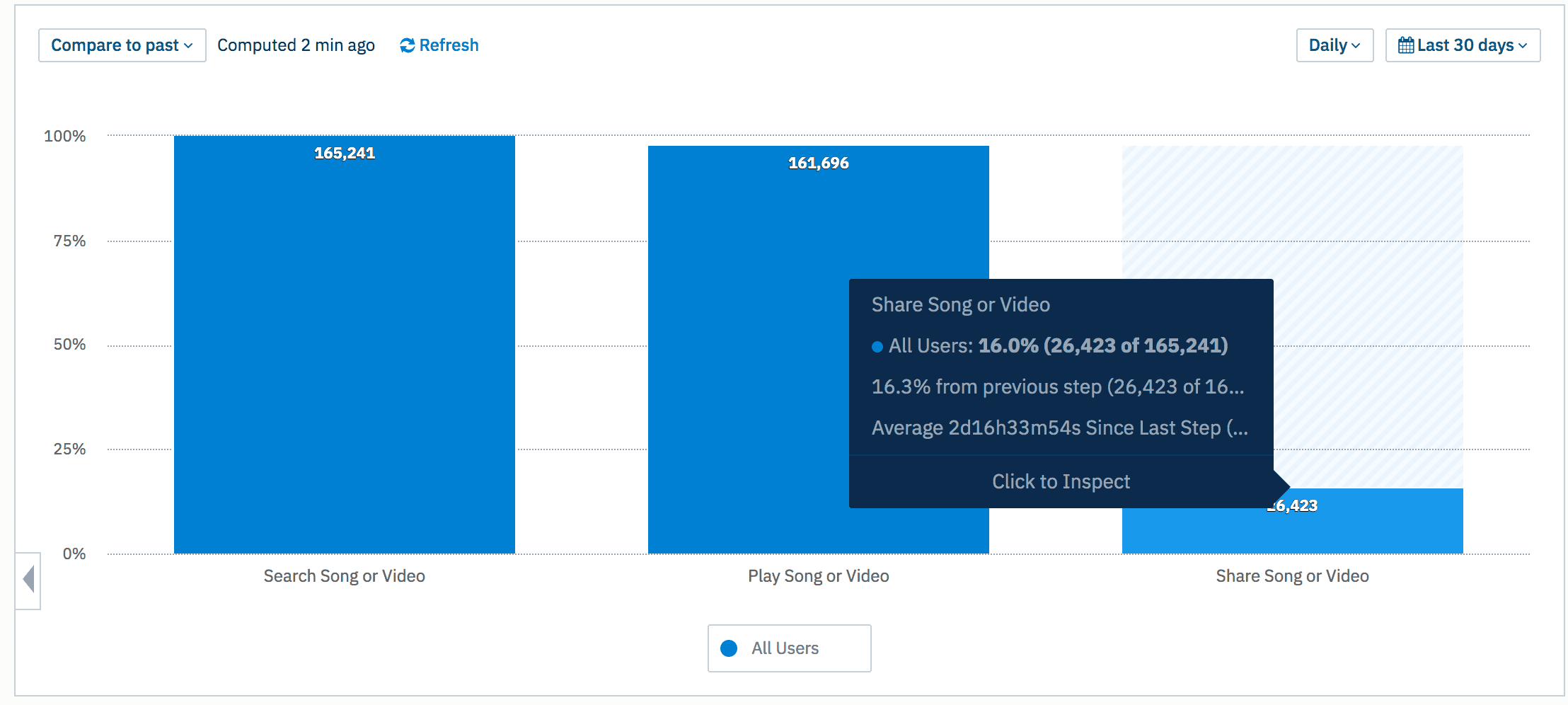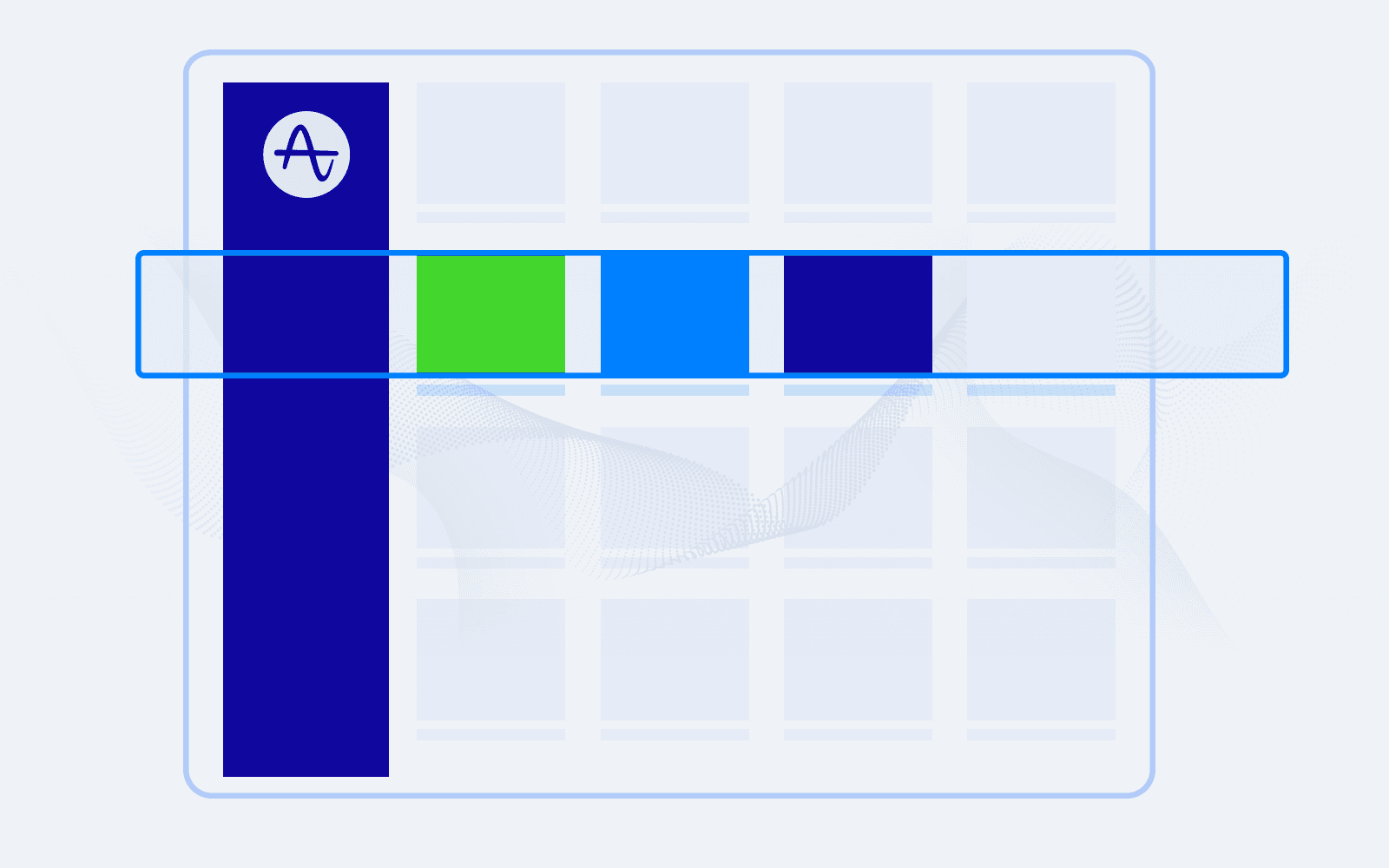Website Funnel Analysis: Amplitude vs. Google Analytics
Using a product analytics tool for your website funnel analysis gives you actionable, easy-to-understand insights that Google Analytics doesn’t.
If you’re not conducting a website funnel analysis, you’re throwing money away. People are leaving your website without converting, and if you don’t know where or why, you can’t do anything to fix it.
A website funnel analysis will help you understand where users drop out of the conversion process, but you’ll need a web analytics tool to conduct one. While Google Analytics is the most common tool for web analytics, Amplitude can give you deeper insight into your data.
[Learn more about the differences between Google Analytics and Amplitude.]
Just because Amplitude is designed for product analytics doesn’t mean you can’t use it for your website. In fact, we think taking a product intelligence approach to website funnels can supercharge your conversion analysis. Below, we compare Amplitude head-to-head with Google Analytics so you can see how they stack up.
What Is a Website Funnel Analysis?
A website funnel analysis is a map of the pages a user visits on your site before they convert. It measures the percentage of users who make it through each stage. The point of a funnel analysis is to see which steps have the biggest drops in users so that you can investigate why, make changes, and increase the conversion rate on your website.

Without a funnel analysis, you’re taking a shot in the dark on your efforts to improve your website’s conversion rate. At a minimum, the tools you use should tell you where to focus your efforts, what steps to prioritize, and whether your experiments are working. At their best, your tools will give you insights into what those experiments should be and help your entire team collaborate to reach your goals.
Build Your Funnel and Identify Drop-offs
To run a website funnel analysis, you first need to define your funnel by mapping out what steps you expect a user to take before conversion. Of course, this depends on what kind of conversion you want to analyze. If you’re an ecommerce website, you probably want to examine the purchase funnel. So your funnel might be:
Landing page > product page >shopping cart > checkout > purchase complete
But if your website is a personal finance and budgeting tool, you could examine the onboarding tutorial to see how many users complete it successfully (and then measure whether completing the tutorial is an indicator of long-term retention). That funnel might look more like this:
Tutorial start page > add a bank account page > add an expense page > tutorial complete
Each step in the funnel analysis will be represented by vertical or horizontal bars that correspond to how many users completed each step. The steps that have the biggest decreases—whether that’s between the shopping cart and the checkout or between the bank account page and the expense page—are the steps you should take a closer look at to optimize.
Start Experimenting and Optimizing
Once you build your funnel and identify the biggest drop-offs, come up with a hypothesis for why those users aren’t converting. Then, test out strategies with a campaign or an A/B test. Check the website funnel analysis again, and see whether the conversions have increased, stayed constant, or decreased. Remember to always be on the lookout for the difference between correlation and causation.
We compare how to conduct a website funnel analysis using Google Analytics and Amplitude, and why we think using a product intelligence tool like ours can take your conversion funnel to the next level.
Website Funnel Analysis in Google Analytics
Google Analytics is a popular tool for website funnel analysis, but it can be confusing and hard to use. There are three ways to set up funnel analysis in Google Analytics. For this article, we’ll cover the most common one, using an example from Google’s demo account.
How to Set It Up
Google creates funnels through its “goals” feature. The goals feature can also be used to track other objectives, like page views per session or time on site. Nothing on the page tells you that you’re making a funnel, so if it sounds confusing, that’s because it is.
For a funnel analysis, you need to set up a goal with a “destination.” Navigate to Admin > Goals. The demo account has several goals set up already. We’ll check out “purchase complete.”

Creating a goal has three components: Goal Setup, Goal Description, and Goal Details.
- Under Goal Setup, our funnel is classified as a revenue goal representing “checkout complete (completed a purchase)”

- Under Goal Description, you give the goal a name (“Purchase Completed”) and select the type of goal. To create a funnel analysis, you need to select “destination.” Not that you would know that from reading this page:

- Under Goal Details, define the steps of your funnel. Each step must be represented by a URL.

Once you’ve set up this goal, you can see the funnel analysis by navigating to Conversions > Goals > Funnel Visualization. This is how Google Analytics shows your conversion funnel:

This visualization shows you how many and what percentage of users (not users exactly, but we’ll cover that in a minute) progressed through each step, and what pages people went to next if they left the funnel. You can see in the example image above that the largest drop-off happened between the Cart and Billing and Shipping, with only 21.05% of users converting. The next largest is the drop-off between payment and review. Both of these steps would be good places to investigate and optimize.
What You Learn from a Google Analytics Funnel Analysis
The main pitfall with Google’s funnel analysis is that you can only track steps via page URLs and you can only track users via page views and sessions. If you have a one-page checkout, you’re out of luck. If a single user goes through the steps multiple times before converting once, those actions will all be counted separately. (In Amplitude, you can choose if you want to see conversions by individual user or total events. You can also track different kinds of activity within a single web page, like hitting a play button, but we’re getting ahead of ourselves).
Next, to run experiments on your funnel you have to go through an entirely different custom process that most nontechnical members of your team won’t be able to do. You will likely designate one or two Google Analytics experts in your organization and run analysis questions through them, creating bottlenecks and delays. It’s also not easy to share funnel views between people, hindering collaboration. Most people end up using screenshots, which are hard to understand or take action on.
Lastly, there isn’t much in the way of on-page explanations or help during the funnel set up or visualization, so it’s hard to ask questions within the platform about how to instrument a funnel analysis. Remember how the word “funnel” did not appear anywhere in the process of setting it up? Because of this, most people rely on third-party tutorials that may or may not fit your use case to learn the Google Analytics platform.
Website Funnel Analysis in Amplitude
Amplitude was built for products and product teams, not just websites. But these days, a company’s website is just as much a part of the product experience as any other aspect of the company’s business. Using product analytics with Amplitude for a website funnel analysis can give you a deeper layer of insights than a regular web analytics tool like Google Analytics can.
How to Set It Up
When creating a funnel analysis in Amplitude, the parameters of your funnel read like a sentence, so you don’t have to guess about specific terms. And if you do need some extra help, you can always get assistance from our team of customer support experts.
- First, set the events that represent the steps of your funnel in the left module. In the example below, those events are “User Sign Up,” “Purchase Song or Video,” and “Play Song or Video.” You can select whether you want to track them in “this order” or “any order.” Most funnels have a strict progression (“this order”), but if it doesn’t matter whether some of the steps in your funnel are shuffled around, you can select “any order.”

- Select what kinds of users you’re tracking in the right module: all users, new users, active users, or users performing the event for their third time. You can also apply segments such as behavioral cohorts at this time.

- Choose the “completed within” period of time in the bottom module. “Completed within” refers to how long a user takes between completing the first step in the funnel and conversion, and it can be set to days, hours, minutes, or even seconds.

That’s all you need to start your funnel, but you can also add filters and change views at this stage by breaking down a specific step in the funnel, adding a constant, or comparing A/B tests on your funnel.
Here’s what your funnel analysis looks like:

This visualization is clear and understandable. You can see the number of total users who hit each step, their percentages, and the length of time it took them on average to convert. The largest drop-off occurs between “Play Song or Video” and “Share Song or Video.” Inspecting that step or doing a pathfinder analysis will show you what other actions a user took on your website instead of converting.
What You Learn from an Amplitude Funnel Analysis
Amplitude’s strength is that you define the events that matter to you—you’re not constrained by page views and sessions. You can use any event on your website, from a button click to entering information in a form, to build the steps in your funnel.
You can also keep making tweaks and comparing different parameters, such as sorting by unique users (who may have performed the event many times within the time window but would be counted as one) or event counts (if the user did the event 10 times, it would be counted as 10). With Amplitude’s collaboration features, you can also share these insights with your team as you go. In Google Analytics, meanwhile, the funnel you set up is the funnel you’re stuck with, and making comparisons or tweaks to the analysis based on anything besides time frame is time-consuming and complicated. In Amplitude, you can compare A/B tests right in the funnel view.
Conversion Drivers is a powerful feature in Amplitude’s funnel analysis that shows you all the actions a user took in between steps and whether they are correlated with speeding up or slowing down conversions. And, perhaps most importantly, Amplitude empowers collaboration. You can leave notes and descriptions for teammates and share a funnel view with a link.
Case Study: Patreon
Patreon’s mission is to empower creatives to make a living doing the work they love. To help more creators get paid, Patreon used Amplitude to do a website funnel analysis of their pledge flow. Their funnel analyses and A/B tests showed that some improvements helped increase subscribers, like using social proof and improving security. They also identified changes that did not make a meaningful difference in conversion rate, like more explanations of what creators do and emails after cart abandonment.
Patreon’s most important discovery was that the biggest boost in conversions came from getting more people to enter the pledge flow. To convert more users to the pledge flow, the company used funnel analyses to test a new feature called “blurred posts,” which hid certain information until a viewer subscribed. Clicking on the post would prompt the pledge flow.
The result: Patreon more than doubled pledge conversions. The entire team, from graphic designers to data analysts, used Amplitude to explore their funnels and make product improvements.
Take Your Funnel Analysis to the Next Level with Product Intelligence
While we think Amplitude gives you a more flexible, powerful, and easy-to-understand website funnel analysis than Google Analytics does, you don’t necessarily have to choose. Lots of our customers use the free tier of Google Analytics to track ad performance and acquisition channels and stick with Amplitude for everything else.
Want to take your funnel analysis even further? Amplitude Engage lets you integrate directly with engagement and experimentation platforms like Braze, Optimizely, and more to continuously target cohorts and run seamless funnel analyses to improve retention. Now you’re going beyond analytics and practicing product intelligence.

Carolyn Feibleman
Principal Product Manager, Amplitude
Carolyn Feibleman is a principal product manager at Amplitude, where she focuses on helping companies adopt digital analytics to build better products and experiences.
More from Carolyn




